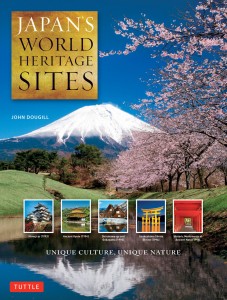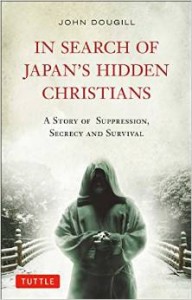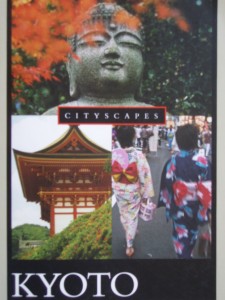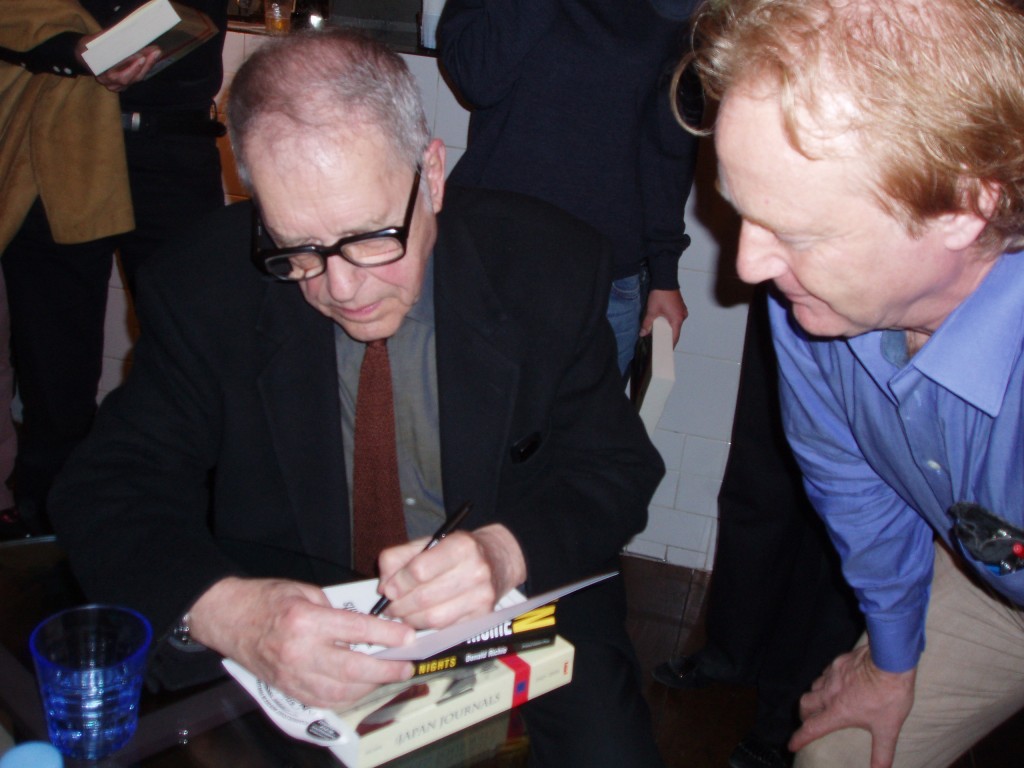This week’s featured writer is John Dougill, author of Japanʼs World Heritage Sites (Tuttle, 2014), In Search of Japanʼs Hidden Christians (Tuttle, 2012) and Kyoto: A Cultural History (Signal/OUP, 2004). He also co-authored Shinto Shrines: A Guide to the Sacred Sites of Japan’s Ancient Religion (Uni. of Hawaii Press, 2013).
First, can you tell us a little about yourself?
Iʼm British, a baby-boomer and longtime expat. Iʼve lived in Kyoto since 1994 and teach at Ryukoku University. Most of my time is spent writing, walking or playing chess.
How did you begin writing?
My first experience with publishing was three EFL books back in the 1980s. They were well-received but didn’t make money, which has been the story of my writing life! I also self-published guidebooks to Oxford under my own Oxface Publications label and sold them through seven or eight local outlets. Iʼm proud to say that the most popular, Oxfordʼs Famous Faces, is still going after some twenty-five years.
How many books have you written in all?
It depends what you call ʻa bookʼ, doesn’t it? Some are booklets at best, which take a matter of weeks. My biggest project, Oxford in English Literature (Uni. of Michigan, 1999), took more than seven years and several major headaches!
Anyway to answer the question: 3 Oxford guidebooks (one co-authored). 12 Japanese college textbooks and an academic work on British film called Gentleman and Hooligans (Ryukoku Press, 2009). Also 4 books on Japan — Japanʼs World Heritage Sites (Tuttle, 2014), In Search of Japanʼs Hidden Christians (Tuttle, 2012), Kyoto: A Cultural History (Signal/OUP, 2004) and the co-authored Shinto Shrines (Uni. of Hawaii, 2013). Finally, an essay in the e-book anthology Deep Kyoto Walks (2014).
Which are you most proud of?
Undoubtedly Japanʼs World Heritage Sites. It involved travelling the length of the country taking pictures and the finished product far exceeded my expectations. It was the kind of thing I dreamed of when I was young, and to have it come true is a source of great satisfaction.
What are you working on now?
I have two current projects. One concerns travelling around Japan by train, the other is a longterm project about Shinto and shamanism which centres on a journey from Siberia through Manchuria and Korea to Kyushu, where I pick up the Kojiki mythology of ancient times. I also run a blog, Green Shinto, which is in a way more satisfying than any of the books I’ve written because of the feedback. I never envisaged that it would lead me to befriend people from America and Australia. It allows you to control your own material and be creative too. Though Iʼm a computer dunce, I’ve found blogging to be greatly rewarding — even though there are no royalties!
Finally, what makes Kyoto so attractive to writers, do you think?
The history. The culture. The access to nature. Above all, it’s a city of learning with perhaps the highest student to teacher ratio in Japan. ‘Don’t give up the day job,’ runs the well-known advice to writers, and there are plenty of teaching jobs to provide a steady income while writing on the side. Teachers have a high status in Japan; being a penniless author doesn’t have much status anywhere!!





